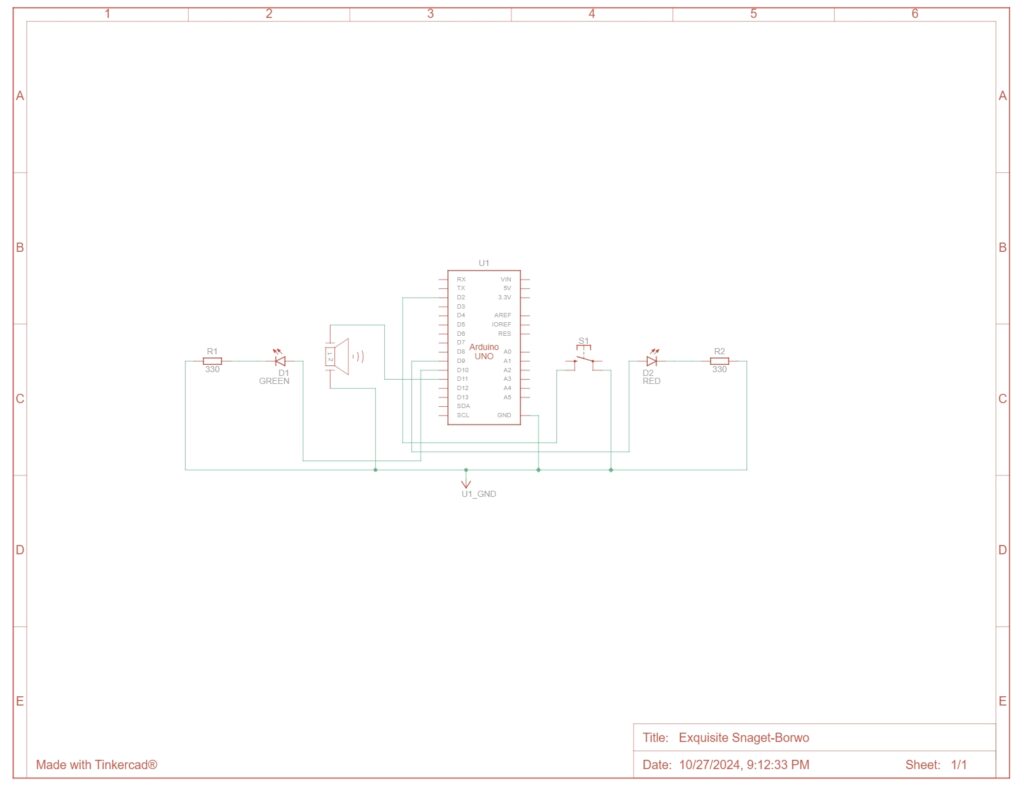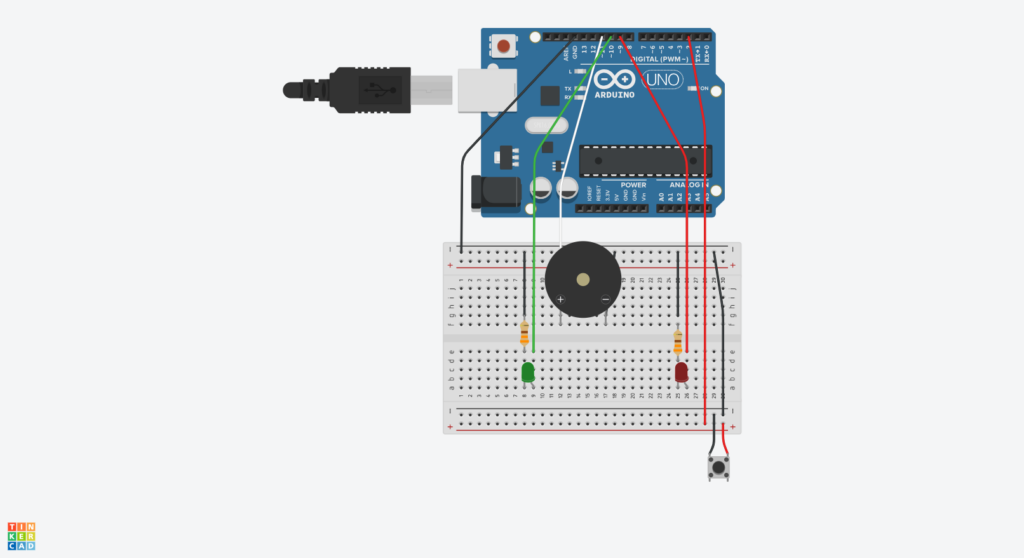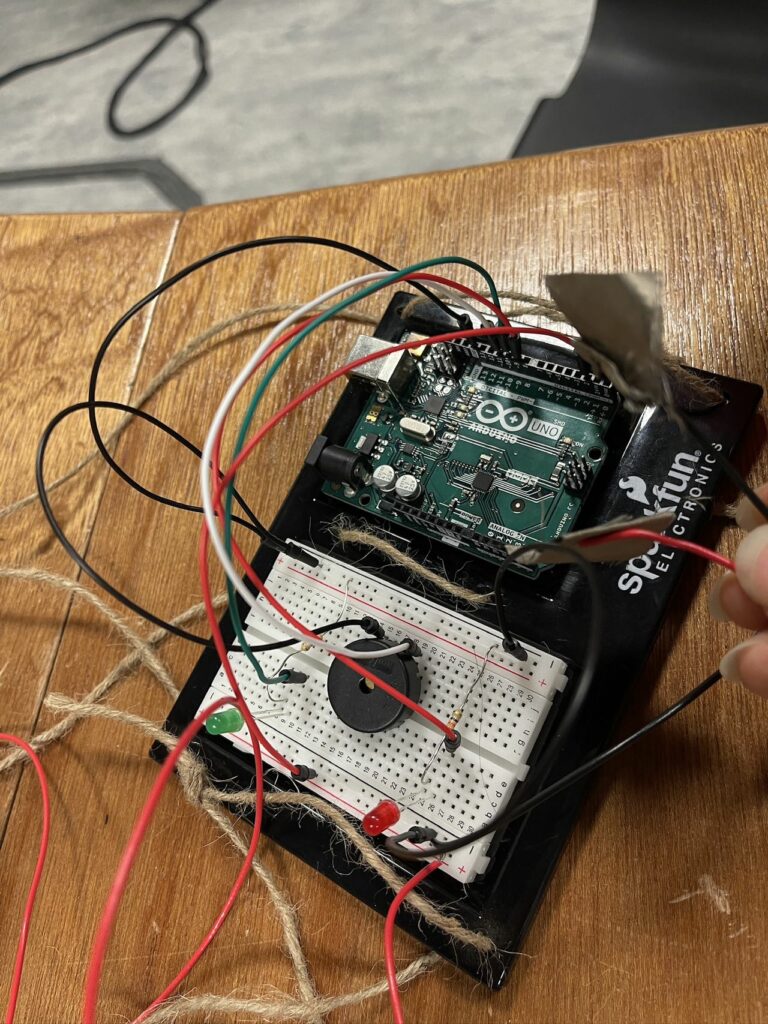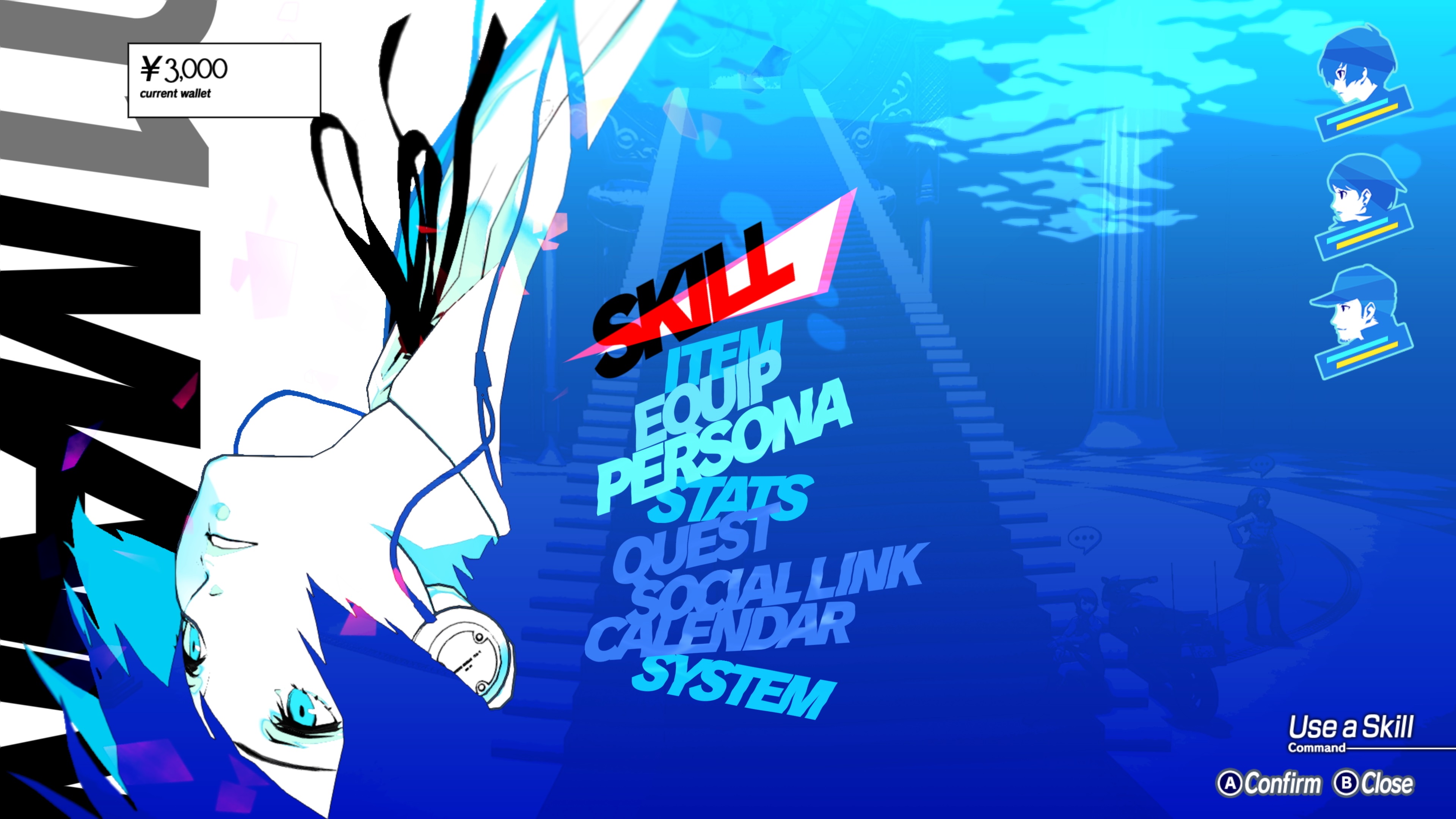Attractive things work better
The idea of the reading is simple – if you want to achieve great results in your product development, good design and usefulness should go hand in hand. However, most people forget about it and mess up one of the parts. I saw many ideas that were great but lacked design and attractiveness. As an example, I can take the startup competition. The team with a great idea but a bad slide deck design and pitch can easily lose to the team with a great slide deck and pitch, even though the latter might have an idea that is technically worse for implementation.
I would also like to mention that design can play a crucial role in marketing. As I have learned from one great professional, marketing is a systematic creation and capture of value. While value can be perceived straightforwardly as a utility and purpose, it can also mean something aesthetically pleasing or something that is very well differentiated from other ideas or products. It is important to remember that we are, after all, human beings, and our emotions and feelings can sometimes play a crucial role in deciding what is worth purchasing, using, wearing, etc. Thus, a great design can be a decisive factor for a customer to buy your product while encountering your advertisement.
Her Code Got Humans on the Moon
I was impressed by what I learned from reading this article. Margaret Hamilton basically saved the Apollo mission and also opened the door to the world of computer engineering. I am sure that many people still do not know about this fact, and this is true that the role of women in the STEM field was underrepresented throughout the 20th century and before, not to mention that educational opportunities became available for women much later than for men. Nowadays, this is being changed and many women have a chance to contribute to the development of science. Talking from my personal experience, I know a lot of women in science, particularly in space development and exploration fields in my country, Russia. Even in the 20th century, there were female astronauts, physicians, and mathematicians. Although their role and contribution might not be as significant as the one of Margaret Hamilton, they all also played a role in empowering women in STEM in my country.









